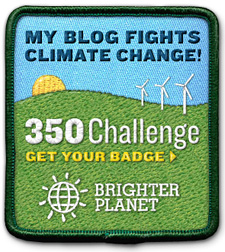While a large portion of the world desperately seek clean drinking water, the United States and other countries spend billions on bottled water when perfectly clean drinking water is readily available. Not only are we needlessly spending money on water with lower standards than those of tap water, we are also filling our landfills with billions of pounds of oil based plastics that take thousands of years to degrade. This graphic will visually present an overview of bottled water.
Transcript:
Average price of tap water: $0.0015 per gallon
Average price of bottled water: $10.00 per gallon
Bottled water is around 10,000 times more expensive than tap water
Annually, Americans consume 8.6 billion gallons of bottled water, 53 billion gallons globally.
This generates $51 billion.
40% of all bottled water is taken from municipal water sources (aka. tap water).
22% of tested bottled water brands contained chemical contaminants at levels above strict state health limits.
Bottled water versus tap water:
Tested for e. coli - Bottled NO, Tap YES
Required to provide source - Bottled NO, Tap YES
Required to produce quality reports - Bottled NO, Tap YES
Can still be distributed when tap water standards are not met - Bottled YES, Tap NO
17 Million barrels of oil are used in the production of water bottles yearly, enough to fuel 1 Million cars a year.
Only 1 in 5 water bottles are recycled, the other 4 contribute to the 3 billion pounds of waste from plastic water bottles.





















